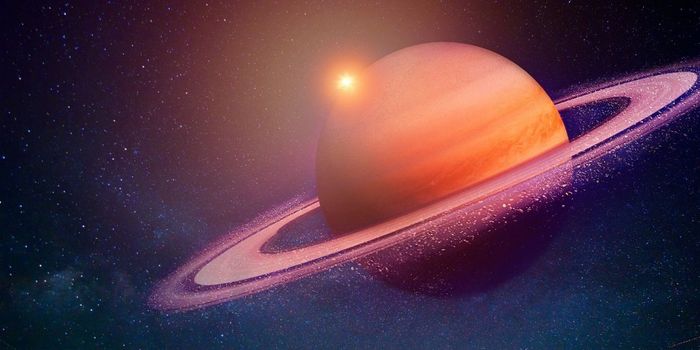As of this weekend, Mars is now in opposition; Mars and Earth are on the same side of the sun. So, Mars will rise as the sun sets and it will set as the sun rises. Mars will therefore be easily visible to the naked eye during clear skies. The easiest way to see Mars will be to go outside at midnight, local time, if you live north of the equator and look to the southeastern sky. Mars should also be close to the full moon, and except for the moon and Jupiter, will be the brightest object in the night sky. It will appear about 1/100 the size of the moon.
The Hubble Space Telescope has taken a new image of Mars, released by NASA on May 19, 2016, to commemorate this event. The telescope is possibly most famous for the awesome images of nebulas and galaxies in other solar systems, but its also been very useful for researching our own Milky Way. NASA shares some details of its discoveries here too.
Although Mars will be opposite of the Earth on Sunday, it will not be at its closest. That will occur in about a week on May 30, when it will be the closest to Earth it has been since November 2005.








